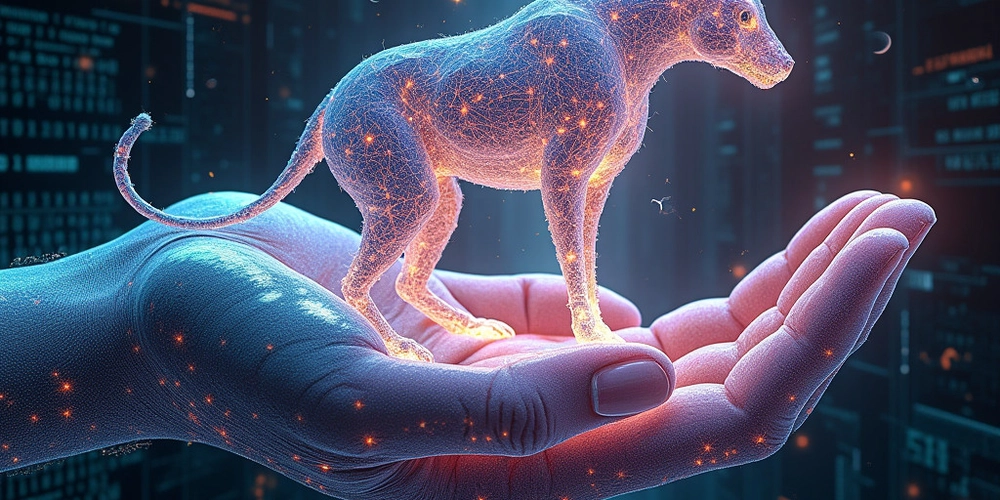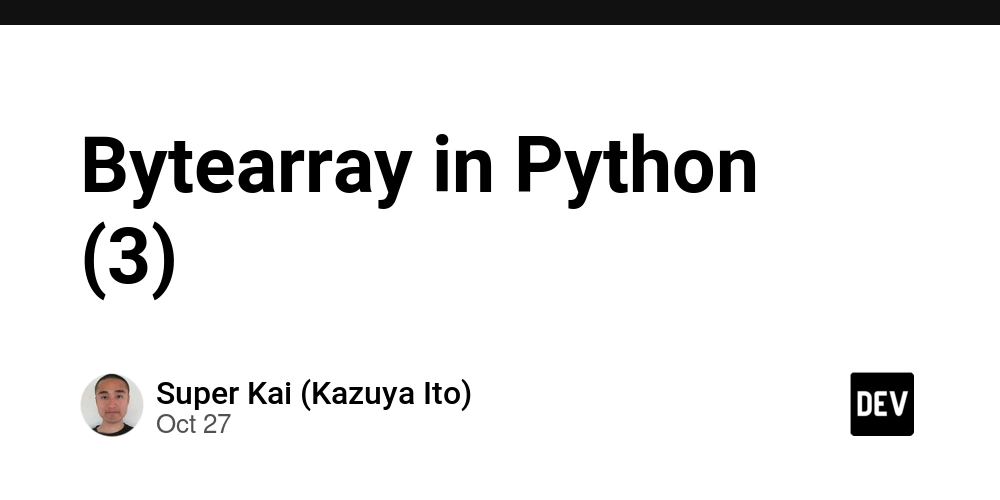How Robots Learned to Twirl Objects Like a Pro
Ever wondered why a robot hand still looks clumsy when it tries to spin a tiny toy? Scientists have cracked the “reality gap” that kept robots stuck in the lab, letting a single AI policy trained in a computer now twist real‑world objects of all shapes and sizes.
Imagine teaching a child to spin a pencil, a rubber duck, and a tiny dinosaur—all with one simple lesson.
The secret? A clever “joint‑wise” brain that watches each finger move, learns from a handful of real‑hand tries, and instantly adjusts the simulated moves.
This tiny data‑saver works like a seasoned chef tasting a dish and adding just the right pinch of salt.
The result? A robot hand that can rotate oddly shaped items, long sticks, and even miniature animals, no matter how it’s turned or which way it’s pointing.
This breakthrough means future robots could handle everyday chores—like sorting laundry or assembling gadgets—without needing endless re‑training.
It’s a big step toward machines that move as naturally as our own hands, turning science fiction into everyday reality.
The more we teach robots to feel, the more they’ll help us feel at ease.
🌟
Read article comprehensive review in Paperium.net:
DexNDM: Closing the Reality Gap for Dexterous In-Hand Rotation via Joint-WiseNeural Dynamics Model
🤖 This analysis and review was primarily generated and structured by an AI . The content is provided for informational and quick-review purposes.



